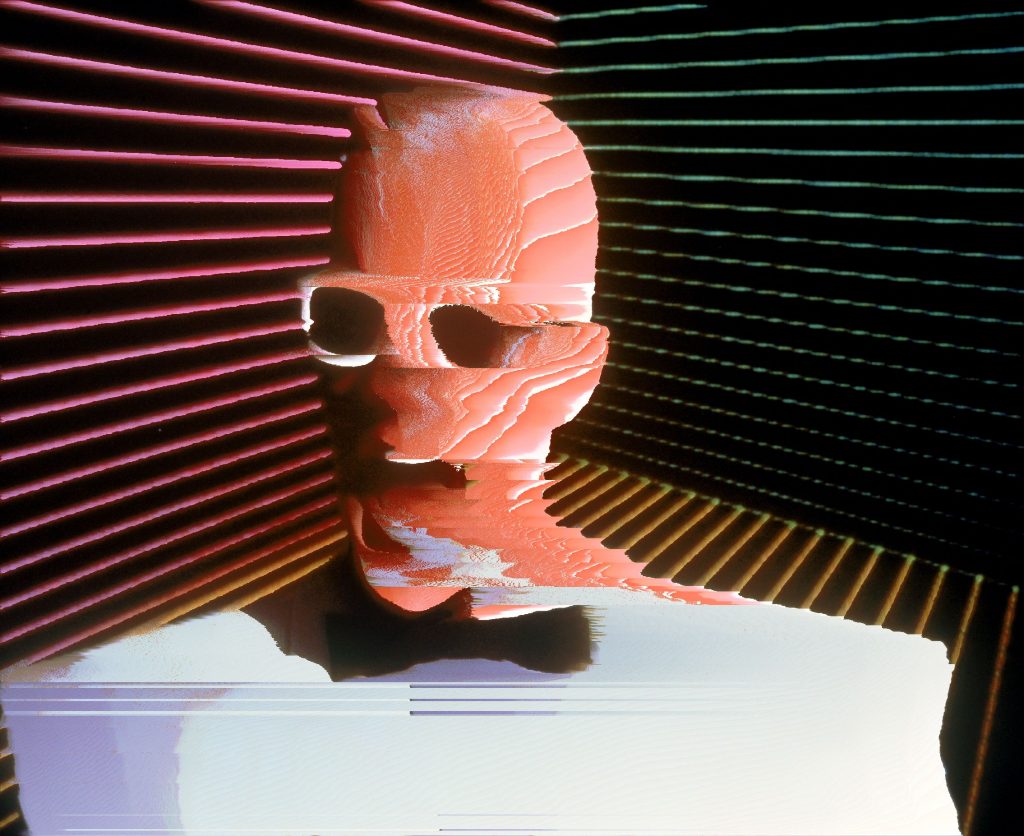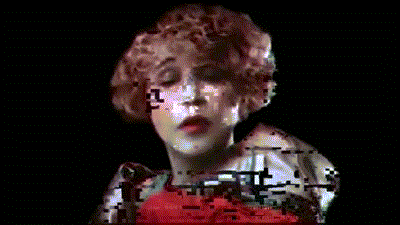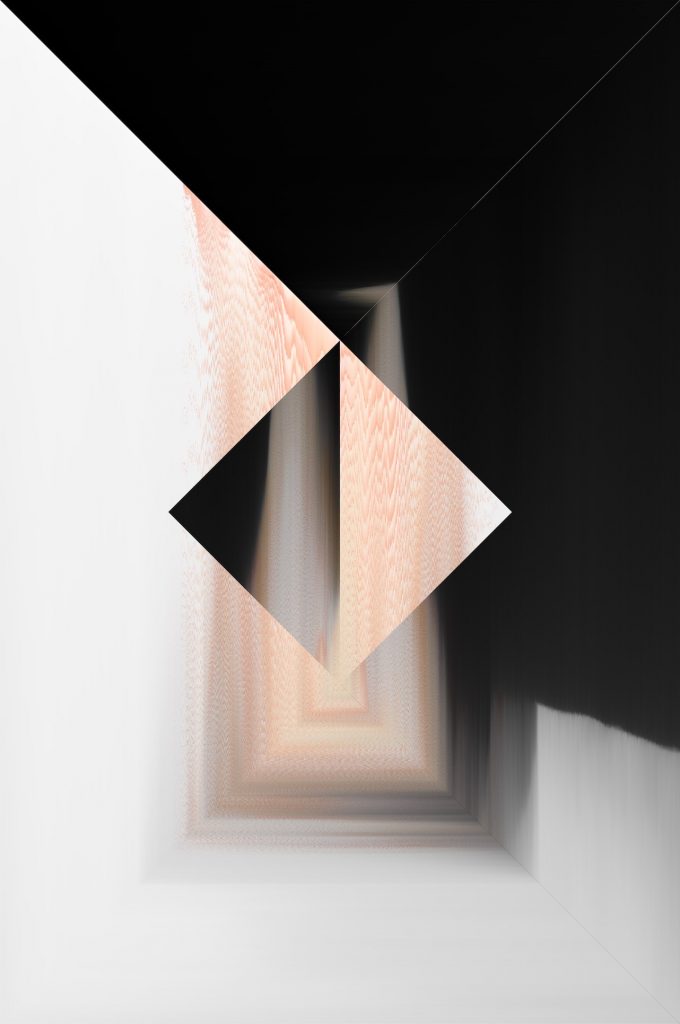
Rosa Menkman 
MAX HEADROOM, WHICH MARKED GLITCH ART’S ENTRY INTO THE MAINSTREAM. IMAGE VIA DAILY DOT
Glitch art is the practice of using digital or analog errors for aesthetic purposes by either corrupting digital data or physically manipulating electronic devices. Glitches appear in visual art such as the film A Colour Box (1935) by Len Lye, the video sculpture TV Magnet (1965) by Nam June Paik and more contemporary work such as Panasonic TH-42PWD8UK Plasma Screen Burn (2007) by Cory Arcangel.[1]
In a technical sense, a glitch is the unexpected result of a malfunction, especially occurring in software, video games, images, videos, audio, and other digital
artefacts . Early examples of glitches used in media art include Digital TV Dinner (1978) created by Jamie Fenton and Raul Zaritsky, with glitch audio done by Dick Ainsworth. This video was made by manipulating the Bally video game console and recording the results on videotape.[2]The term glitch came to be associated with music in the
mid 90s to describe a genre of experimental/noise/electronica (see glitch music). Shortly after, as VJs and other visual artist began to embrace the glitch as an aesthetic of the digital age, glitch art came to refer to a whole assembly of visual arts.[3]What is called “glitch art” typically means visual glitches, either in a still or moving image. It is made by either “capturing” an image of a glitch as it randomly happens, or more often by artists/designers manipulating their digital files, software or hardware to produce these “errors.” Artists have posted a variety of tutorials online explaining how to make glitch art.[8][9] There are many approaches to making these glitches happen on demand, ranging from physical changes to the hardware to direct alternations of the digital files themselves. Artist Michael Betancourt identified five areas of manipulation that are used to create “
https://en.wikipedia.org/wiki/Glitch_artglitchart .”[10] Betancourt notes that “glitch art” is defined by a broad range of technical approaches that can be identified with changes made to the digital file, its generative display, or the technologies used to show it (such as a video screen). He includes within this range changes made to analog technologies such as television (in video art) or the physical film strip in motion pictures:

Animated example of what a glitched video can look like by Michael Betancourt. (Mae Murray in a screen test) 
Glitched Image Using a Pixel Sorting Script
Glitches are the frustrating byproduct of technology gone awry. Many artists and programmers, however, have embraced these crisis moments and discovered beauty in the glitch. By hacking familiar systems, they intentionally cause glitches, and manipulate them to create art. Enjoying the aesthetics of technological mistakes defies the notion that technology and entertainment has to be seamless.
